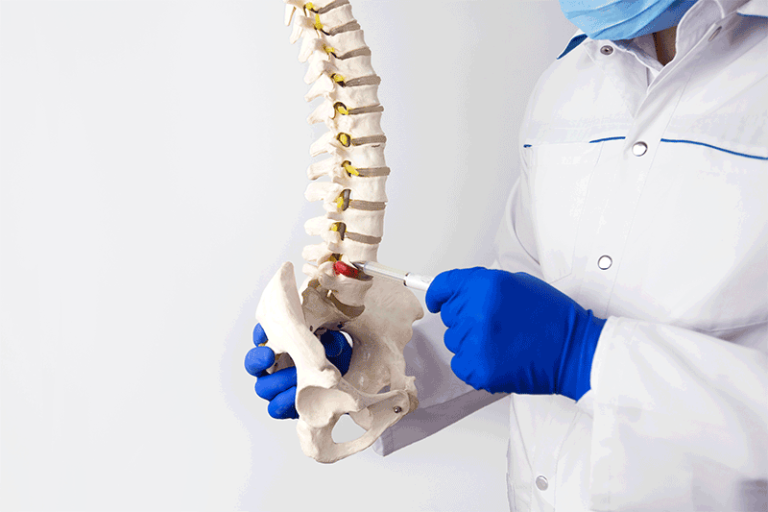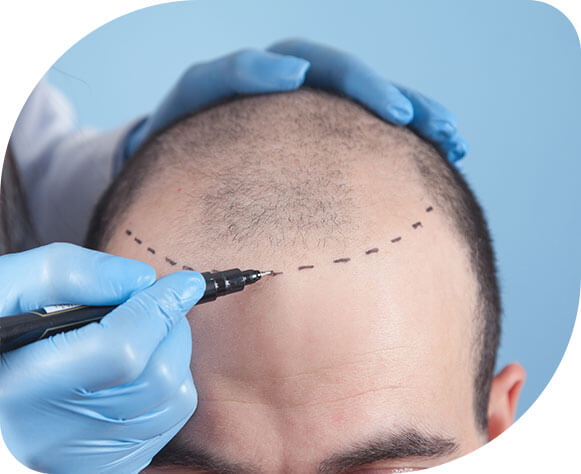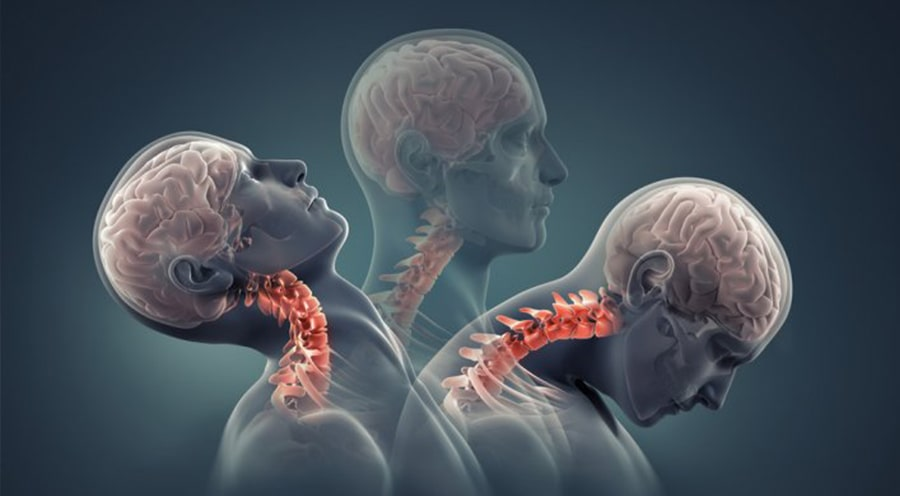Obesity Surgery
The definition of obesity can vary from field to field. In general, obesity can be defined as having more weight than is considered healthy. Obesity is also a chronic condition characterized by excessive amounts of body fat. A certain amount of body fat is necessary for energy storage, thermal insulation, shock absorption and other functions, but excessive amounts of stored fat can create unique problems in the body.
Body mass index (BMI) is the best parameter to define obesity, which is determined by a person’s height and weight. BMI is calculated by dividing a person’s weight in kilograms by the square meters of their height. Because BMI describes body weight in proportion to a person’s height, there is a strong correlation with total body fat content in adults:
- Normal: 18.5-24.9 BMI
- Overweight: BMI 25-29.9
- Obese: BMI over 30
- Morbidly obese: BMI over 40
In summary, the value obtained by dividing a person’s weight by the square of his/her height in meters (BMI) can be used to determine whether he/she has an obesity problem or not.
Turkey is becoming a center for people suffering from obesity from all over the world thanks to its experienced and competent doctors in the field of bariatric surgery as well as quality medical resources.
What is the Purpose of Obesity Treatment?
The main goal of successful obesity treatment is for a person to achieve and maintain a healthy weight for a long time. This goal may seem simple at first glance, but obesity treatment is a complex and variable process.
No single obesity treatment works for everyone, but losing weight and keeping it off boils down to two key components: a calorie-reduced diet and physical activity.
The harms of obesity
- High BMI, or body mass index, is a major risk factor for many non-communicable diseases, such as
- Cardiovascular diseases (heart disease and stroke), the leading cause of death in 2012
- diabetes
- musculoskeletal disorders (especially osteoarthritis – a degenerative disease that can severely disable joints);
- certain types of cancer (such as uterine, breast, ovarian, prostate, liver, gall bladder, kidney and colon).
The risk for many non-communicable diseases increases with an increase in BMI.
Childhood obesity has been associated with the likelihood of obesity, premature death and disability in adulthood. But in addition to increased future risks, obese children experience breathing difficulties, increased risk of fractures and dislocations, hypertension, early markers of cardiovascular disease, insulin resistance and psychological effects.
Childhood obesity has been associated with the likelihood of more advanced obesity, premature death and disability in adulthood. But in addition to increased future risks, obese children may experience breathing difficulties, increased fracture risk, hypertension, early markers of cardiovascular disease, development of insulin resistance and adverse psychological effects.
In which cases is obesity surgery performed?
The following guidelines are used to determine eligibility for bariatric surgery:
- A BMI (Body Mass Index) of 30 and above is observed. This defines the person as ‘obese’.
- The lower age limit for surgery is 18 and the upper age limit is 60.
- If the obesity process has been ongoing for the last five years and all kinds of weight management strategies have been tried and no positive results have been obtained, you may be eligible for surgery. These include diet, exercise plans and weight loss medications. You may need to prove that you have tried these but without success.
- There is a significant risk to your health or you have an obesity-related illness.
- The post-operative program must be fully adhered to. Permanent changes to your current lifestyle may be required. Post-operative program and lifestyle changes mean attending regular follow-up sessions, following an appropriate diet and exercise routine and taking vitamin/mineral medications if necessary.
These criteria may seem strict, but they are designed to protect both you and the surgeon. The operation criteria are designed to make sure that you know exactly what is needed before you go into surgery.
Bariatric surgery is a major operation and you need to be absolutely clear. Even if you have had surgery, progress needs to be monitored regularly, otherwise there is a risk of weight regain.
Treatment Methods in Obesity Surgery
There are many treatment options for obesity, which is a relatively big problem today. Certain treatment possibilities for obesity can be used, which can be tailored specifically to the patient.
Gastric Banding
During a surgical procedure known as laparoscopic adjustable gastric banding (LAGB), an adjustable belt is wrapped around the upper part of the stomach. The silicone band can be made tighter by filling it with saline solution. Under the skin of the abdomen, a port is attached to the band. Through this port, saline can be added to or removed from the band.
LAGB ultimately limits the size and capacity of the stomach to hold food. It also slows the movement of food into the intestines. By doing so, messages from the intestine to the brain provide a feeling of satiety with less food consumption. This signal is transmitted through a small pouch that the band creates in the upper stomach. The signal that was previously sent to the brain when the whole stomach was full is sent when the pouch is full after the procedure.
Gastric Sleeve
In a gastric sleeve operation, surgeons remove about 75% of the stomach. Only a narrow tube or sleeve of the stomach remains connected to the intestines. Gastric sleeve surgery is probably the only possible option for very advanced cases. This surgical method for obesity is very simple and involves very few risks. This surgery does not affect the intestines.
The treatment method does not affect the body’s ability to absorb nutrients and the person does not run out of nutrients. Patients can have a second operation after their health has improved and they have lost a significant amount of weight.
Gastric bypass
Gastric Bypass Surgery is one of the effective surgical treatments for obesity. Surgeons create a small pouch above the stomach. The small intestine is connected directly to the small pouch. The fluids and food the individual consumes pass through the pouch into the intestine, bypassing the stomach.
The limited amount of calories entering the stomach limits calorie consumption and reduces fat accumulation. Reduced food intake also reduces accumulated fat, effectively burning existing fat and preventing future fat accumulation.
Robotic surgery method in obesity treatment
During robotic surgery used to treat obesity, a high-quality, 3-D camera is used, which gives the surgeon greater clarity when working near delicate tissues. The surgeon can work more precisely thanks to increased control over the robot’s minute movements. The number of patients who can be treated using the advanced technology brought by robotic surgery in the field of obesity has increased.
Care after obesity treatments
Weight loss surgery is a very important operation for obese patients. Making the right lifestyle choices after surgery can help achieve the best results for health and better quality of life. During and after the recovery period following the operation, the surgeon will help with the following issues:
- Pain control: It is normal to feel some pain and discomfort after the surgery. If needed, painkillers may be requested at the hospital and it is important to take the medication prescribed by the doctor after discharge.
- Nutrition: The surgeon will provide a post-operative diet and nutrition plan to follow, along with instructions on how to eat to help prevent side effects such as nausea and indigestion. Start with a liquid diet, transition to pureed and soft foods, and then to solid foods. Supplements such as calcium, iron, vitamin B12, vitamin D and multivitamins will need to be taken to prevent nutritional deficiencies.
- Fluid consumption: In the first months after surgery, it can be difficult to drink enough fluids while recovering. The doctor will recommend drinking a certain amount of water daily to help prevent dehydration, kidney stones and constipation. Caffeinated drinks may need to be avoided.
- Exercise: Walking and moving around after surgery can improve circulation, speed recovery and reduce the risk of complications. The surgeon will ask you to stand up and walk on the day of the procedure and then continue walking every day during recovery. You will also be shown how to cough and breathe deeply to increase circulation, counteract the effects of anesthesia and help prevent pneumonia. Physical activity is an important part of the long-term program and the surgeon will advise on the type, intensity and amount of exercise that will be needed for optimal health.
- Follow-up appointments: Research has shown that long-term follow-up care yields better outcomes for bariatric procedures. Many bariatric surgeons provide follow-up programs for long-term obesity management. In the weeks, months and years following surgery, the surgeon, dietitian, exercise specialist or other health care provider can be seen and, if necessary, a support group can be attended.





